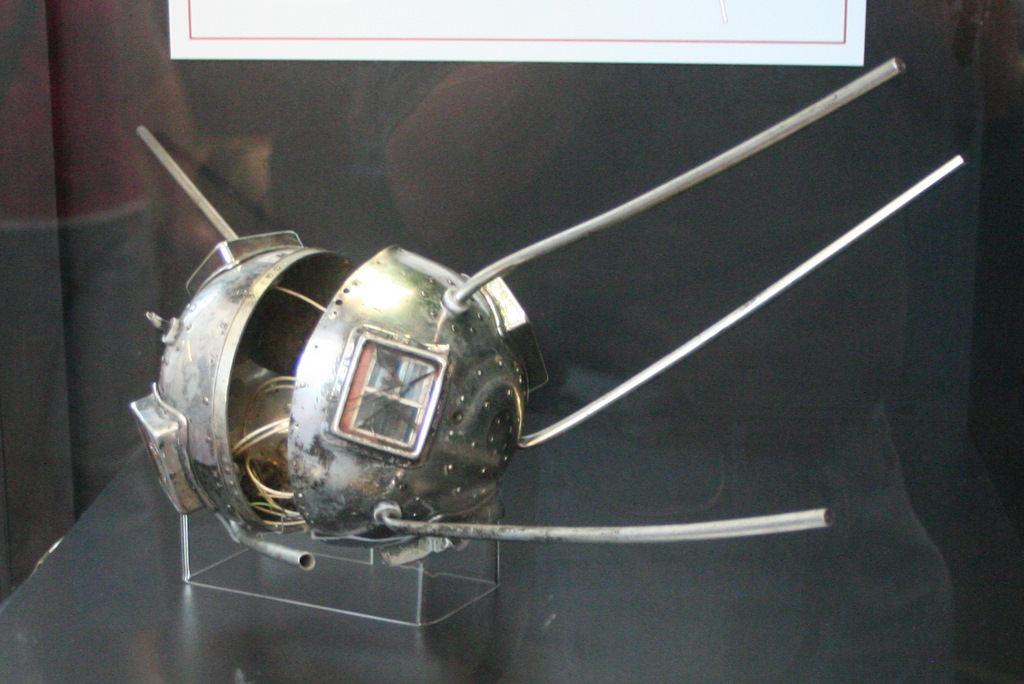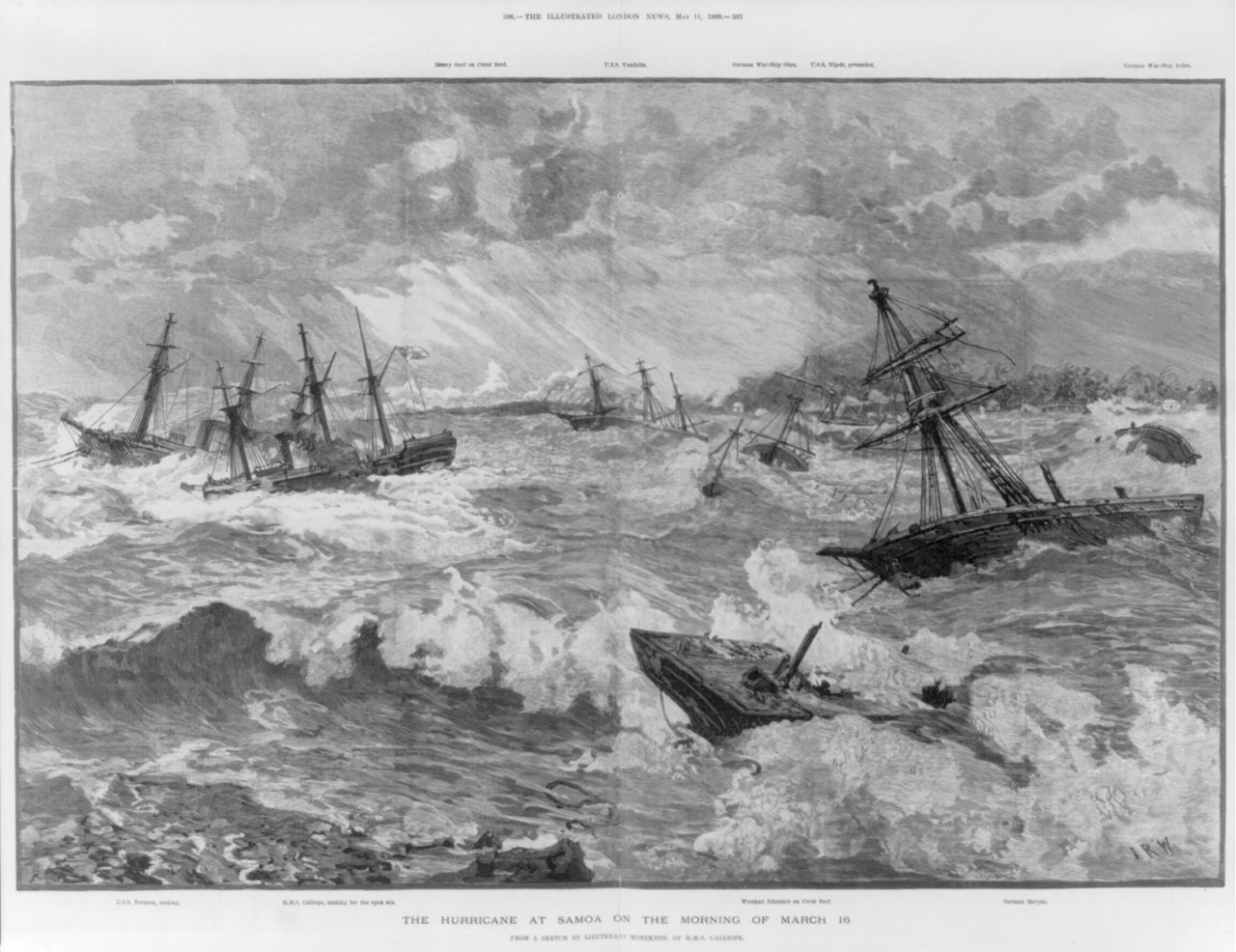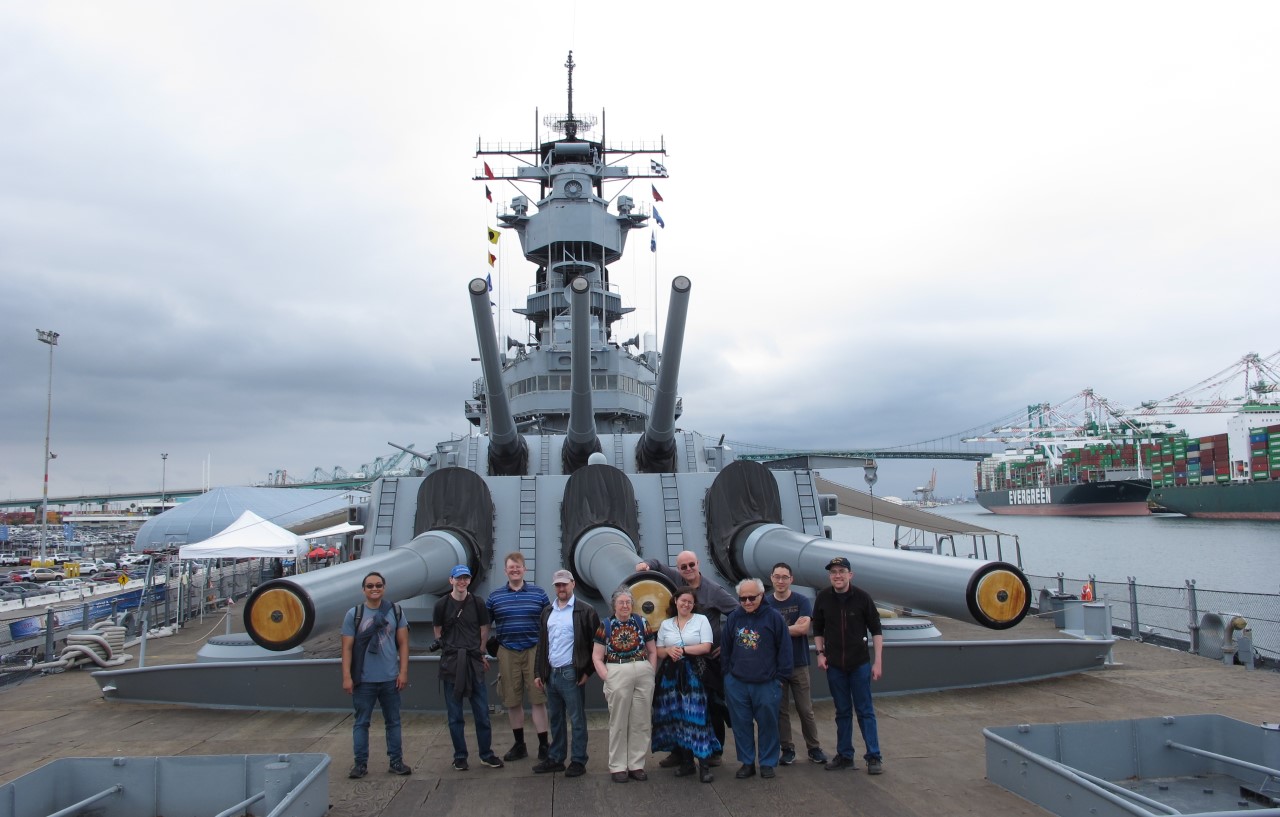Now that we have the basics of spaceflight out of the way, we can turn to the most obvious application of spaceflight for military purposes, putting up a fancy camera to see what the enemy is up to.

The remains of the US attempts to establish the precedent of free overflight
Reconnaissance satellites were an early priority for the US space program. The Soviets went to great lengths to limit the flow of information to the west, restricting travel in vast areas, falsifying maps and giving facilities the names of cities dozens of kilometers away. For many years, the best source of mapping data were captured German aerial photos taken during the war. In the early 50s, the lack of information had led to the "bomber gap", where the US erroneously believed that the Soviets had produced a massive fleet of intercontinental bombers. U-2 overflights proved that the actual numbers were barely into double digits, but only after a few years of frantic buildup left the US bomber force in the thousands. Worse, the U-2 was becoming increasingly vulnerable in the face of improved Soviet air defenses, and the diplomatic consequences of overflights were growing ever worse. Satellites could fill this role, and ensuring free overflight became the law was a major priority of Eisenhower's, to the point that he prioritized the civilian Vanguard rocket over the missile-derived Juno I to aid in making his case. Read more...







Recent Comments